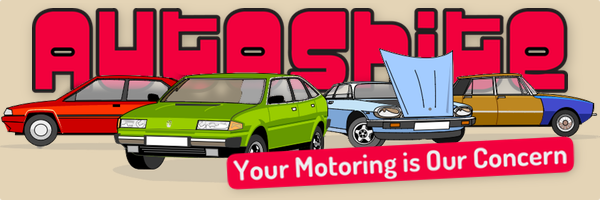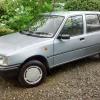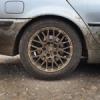XJ40: What do they go rong? Discuss...
-
Similar Content
-
What’s this plate from?
By DavidB,
- 6 replies
- 757 views
-
What's your thing? 1 2 3 4
By Dyslexic Viking,
- 96 replies
- 8,943 views
-
- 139 replies
- 17,952 views
-
What car for free* motoring? 1 2 3
By motorpunk,
- 76 replies
- 9,177 views
-
What is the mystery roffle car?
By gadgetgricey,
- 18 replies
- 3,239 views
-







Recommended Posts
Create an account or sign in to comment
You need to be a member in order to leave a comment
Create an account
Sign up for a new account in our community. It's easy!
Register a new accountSign in
Already have an account? Sign in here.
Sign In Now